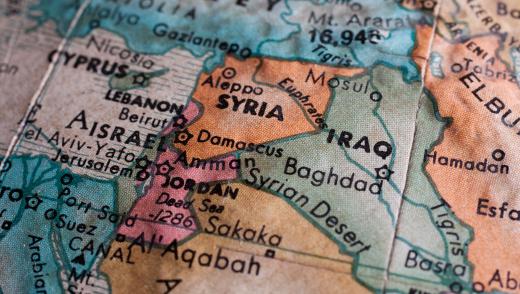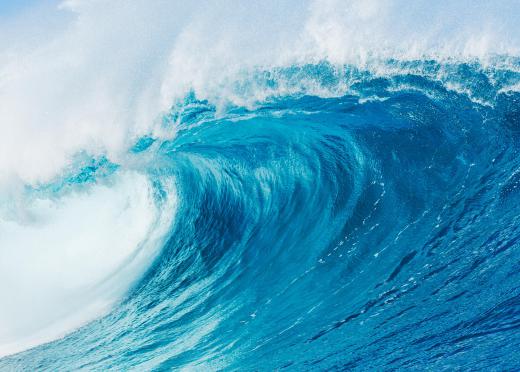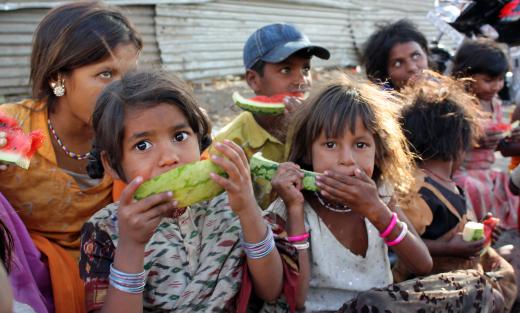What are the World's Deadliest Natural Disasters?
 Michael Anissimov
Michael Anissimov
The world's ten deadliest natural disasters in recorded history are as follows:
| Rank | Event | Location | Death Toll (Estimate) |
|---|---|---|---|
| 1 | 1931 Yellow River flood | China | 1,000,000–3,700,000 |
| 2 | 1887 Yellow River flood | China | 900,000-2,000,000 |
| 3 | 1970 Bhola cyclone | Bangladesh | 500,000-1,000,000 |
| 4 | 1556 Shaanxi earthquake | China | 830,000 |
| 5 | 1839 India Cyclone | India | 300,000+ |
| 6 | 1642 Kaifeng Flood | China | 300,000 |
| 7 | 2004 Indian Ocean earthquake/tsunami | Indian Ocean | 283,100 |
| 8 | 1976 Tangshan earthquake | China | 242,000 |
| 9 | 1975 Banqiao Dam failure | China | 231,000 |
| 10 | 1138 Aleppo earthquake | Syria | 230,000 |
Because of low population levels in prehistory, it is unlikely that natural disasters then surpassed modern natural disasters in death toll, although the explosion of Mt. Toba 70,000 to 75,000 years ago in modern-day Indonesia may be one contender.

Of the ten deadliest natural disasters, four are floods, four earthquakes, and two cyclones. One of the floods (1975 Banqiao Dam failure) was actually a dam failure rather than a natural disaster, and one of the earthquakes (2004 Indian Ocean Earthquake) achieved its destruction primarily through the large tsunami it created, which pummeled the coasts of Thailand, Bangladesh, India, and Sri Lanka.

The term "natural disaster" refers to an abrupt event, and does not include pandemics or famines, which may have a similar or much higher death toll. Some of the deadliest pandemics include smallpox, which killed over 300 million people in the 20th century alone, the Bubonic Plague, which also killed over 300 million, malaria, which has killed 80 - 250 million, tuberculosis, killing 40 - 100 million, the Spanish flu, which killed 20 - 100 million in just 18 months, and AIDS, which has killed over 25 million. The greatest famines have a death toll similar to AIDS, with the largest claiming 10 - 40 million lives.

There is the potential for a natural disaster even more deadly than any we have yet experienced. Possibilities include a large asteroid impact, which could kill over a billion people, or the possibility of a plague genetically engineered for optimal lethality and ability to spread, which might kill a similar number. Because of the existence of very isolated communities on Earth, it is unlikely that such a virus could kill everyone, although the possibility should not be ruled out.
AS FEATURED ON:
AS FEATURED ON:















Discussion Comments
@gardenturtle:
The Bhola cyclone was a terribly devastating tropical cyclone that hit East Pakistan, now known as Bangladesh, and India’s West Bengal on November 12, 1970. It was the deadliest tropical cyclone ever recorded.
Almost 500,000 people died as a result of this storm, primarily the storm surge. It reached a strength equivalent to a Category 3 Hurricane.
Does anyone have any information on the 1970 Bhola Cyclone that you could share?
Post your comments